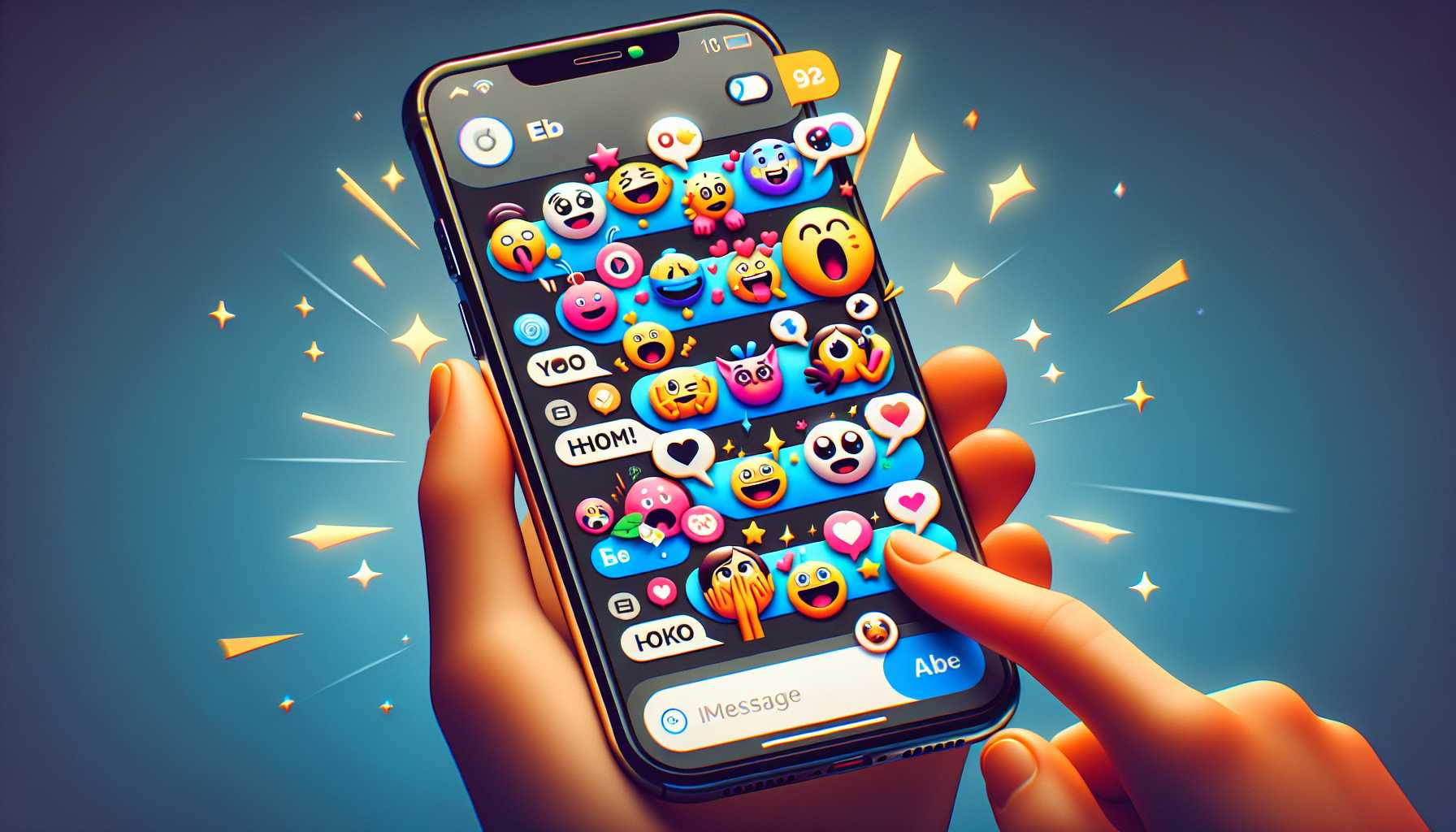An Apple a Day Keeps the Web Apps Away?
As we navigate through the bustling corridors of tech innovations, we’ve stumbled upon a rather curious development involving none other than tech titan Apple. Word on the street (and by “street,” I mean the reliable avenues of the Financial Times and The Verge) is that a European investigation might be brewing over Apple’s decision to give iPhone web apps the cold shoulder in the EU. So what’s the big deal? These progressive web apps (PWAs) are like chameleons, adapting to work as standalone apps on our smartphones. But alas, due to EU’s Digital Markets Act demands, Apple had to pivot. Adhering to the DMA means cracking open the doors to support third-party browser engines, not just their home-bred WebKit. Apple, however, is tossing the blame squarely on practicality—or the lack thereof. They argue intertwining web app support for other browsers requires more architectural flair than the famous Sagrada Familia, or so I imagine it was implied. They cite “very low user adoption” and security risks as other party poopers in this tech shindig. Developers, however, are shaking their heads. They’re banding together, led by Open Web Advocacy, to voice their concerns. They believe this change might not just ruffle some feathers but pluck them clean off. It’s a classic tech tug of war, where the quest for seamless user experience pulls against the emphatic forces of compliance and security. We’ll be watching with baited breath to see how this drama unfolds in the digital coliseum.
Lights, Camera, Create: Google’s YouTube Expands Its Creator Empire
Meanwhile, Google isn’t wasting any moment lounging on its laurels; it’s extending its creative embrace around the globe with the rollout of the “Create” app. Move over TikTok, there’s a new playground in town for creators who have visions bursting at the seams, but perhaps lack the Spielbergian skills to realize them. You see, this little app is a treasure chest brimming with editing tools, royalty-free beats, denoising magic, and everything a budding content creator might dream of. And the kicker? Publishing to YouTube is just a tap away. What intrigues me most is Google’s sharp eye for trends. Recognizing that creators are looking beyond in-built TikTok tools, Google swooped in with “Create” — a standalone suite that fills the niche for polished, YouTube-ready aerials. And it’s not just a dash across the U.S., no sirree. This little app is taking a globetrotting to arenas like Brazil and Australia, spreading its creative wings far and wide. It’s like a digital gold rush for creators, and Google’s staking its claim.
Mobile World Congress 2024: A Tech Odyssey
Now, if you had to pick a bustling hub where all tech trails converge, Mobile World Congress in Barcelona would be your golden ticket. Our TechCrunch emissaries have landed, ready to soak in every drip-drop of innovation and entrepreneurship. So far, they’ve caught glimpses of new Android features, Lenovo’s concept tech, and Xiaomi’s robotic pet. Talk about a banquet of breakthroughs! And let’s not overlook the startups — like Mica AI Medical training their AI steed to outwit medical misdiagnoses, or Whispp turning whispers into shouts for the vocally impaired. Among these tech titans, sustainability has elbowed its way to prominence. Enter “Biocel” from Barcelona School of Design and Engineering. It’s like kombucha, but instead of sipping, we’re sewing. Textiles crafted from fermented tea? Let’s toast to that! And while we’re all cooing over rollable phones and Tesla’s dreamy descendants, remember folks, it’s the startups that might just steer us toward the next north star of innovation.
AI Writing and Coding: Bridging the Human-Machine Gap
In an age where the lines between human ingenuity and machine intelligence blur, AI-powered code generators are nosing their way into the spotlight. Take GitHub’s Copilot or Amazon’s CodeWhisperer for a whirl, and watch your code materialize as if pulled from a sorcerer’s hat. It’s a wild, code-woven frontier, and startups like Hugging Face aren’t idly bystanding. They’ve launched “StarCoder 2,” a family of AI models touting up to 15 billion parameters that promise to be the code-whispering cohorts to developers worldwide. This isn’t just about slicing your coding time. It’s a potent brew of efficiency, with each StarCoder variant eager to assist in tasks from creating nifty chatbots to personalized coding aides. And because it guzzles a more diverse data buffet, it stands to significantly improve its context-aware predictions.
A New Way to Interact: Yolk’s Visual Messaging
On the topic of digital communication, a fresh face has joined the social app stage — the iOS app “Yolk.” No words allowed here; only bespoke, AI-generated stickers carrying the day’s emotions, delivered with a side of face parsing magic. It’s like the developers peered into the depths of youthful yearning for unfiltered expression and unleashed an app that celebrates the vibrant messiness of social interaction. They hope this sticker-fueled playground will cultivate intimate social interactions over the drab equation of seeking attention. The founders are playing a different tune with Yolk — engaging users in lighthearted, visually charged conversations stripped of textual rigidity. And that’s the charm, isn’t it? In a world where emojis have wormed their way into our hearts, why not usher in the era of animated, customizable stickers tangoing across our screens? As we continue our digital trek, AI’s horizons only widen. The keynotes may drop and the exhibit booths may pack up, but the ripples of progress emanate far beyond the MWC halls, echoing loudly in every server and circuit worldwide.





